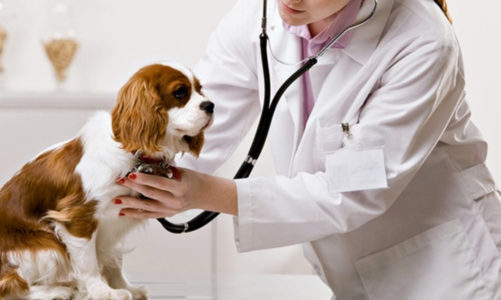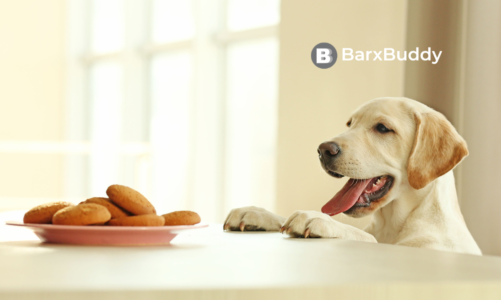As businesses across the country begin reopening, employers must consider ways to reduce the chance of spreading COVID-19 among their returning workers and customers. How easily a virus spreads from person-to-person can vary. Some viruses are highly contagious, like measles, while other viruses do not spread as easily. Another factor is whether the spread is sustained, which means it goes from person-to-person without stopping. The virus that causes COVID-19 is spreading very easily and sustainably between people.
Businesses and employers can prevent and slow the spread of COVID-19 within the workplace. Employers should respond in a way that takes into account the level of disease transmission in their communities and revise their business response plans as needed. Employers should follow the Centers for Disease Control and Prevention (CDC) Guidelines as part of resuming business operations. Business operation decisions should be based on both the level of disease transmission in the community and your readiness to protect the safety and health of your employees and customers.
For the country to take the threat of COVID-19 seriously, the owners and managers of sites must consider serious measures to combat the further spread of the virus. These measures may include screening visitors about their symptoms, recent travel and even conducting daily temperature and respiratory symptom screening of visitors for localities suffering severe outbreaks. Any information collected from visitors during these screenings should be kept confidential.
Common screening mechanisms include written questionnaires and temperature checks. Employees may also visually inspect employees or require employees to “self-report” COVID-19 symptoms. Whatever screening technique is used, it is important to clearly explain in writing to employees:
- The specific screening process you will utilize
- General benchmarks for passing the screenings (i.e. Must have a temperature below 100.4ºF)
- Your expectations around your employees’ compliance with your process and any consequences for a refusal to participate
- How you will protect employee privacy
- Consequences of an unsuccessful screen (i.e. Being sent home from the workplace)
DrOwl will now be providing a groundbreaking solution to this issue, with a platform that electronically screens and tracks everyone who enters businesses, facilities, and nursing homes, creating an electronic tracking of all employees and visitor activity in real-time.
This free screening and monitoring tool allows businesses to screen their employees, vendors, and (if they so choose) their customers, in order to keep their workforces and facilities as safe as possible during the difficult period. Although nothing is foolproof, good methods of screening can help keep everyone stays safe and may reduce a business’s potential liability from any exposure or outbreak at their facility.
“DrOwl created this screening tool with the intent of helping organizations screen people coming into their facilities to potentially save lives”, said Arvind Raichur, CEO, and Co-Founder of DrOwl. “We understand the severity of COVID-19 and wanted to do our part in helping provide resources to help our community and those around the nation during this trying time. The electronic screening tool in DrOwl can play a critical role in helping give businesses the ability to screen people who may have COVID-19 so that they will not infect more people.”
DrOwl provides a tool to electronically screen and track everyone who enters an organization, by creating electronic tracking of the employees and visitor activity in real-time. Enabling businesses to screen people and help to keep their workforces and facilities as safe as possible. Using the DrOwl app or a webpage customized to each facility, each employee, visitor, or vendor is asked questions such as “have you had flu-like symptoms in the last 14 days.” Each organization can customize the questions they would like to ask.
Organizations also get an electronic log of each person and how they answered the screening questions, so that visitors who could potentially put others at risk based on their answers to the screener questions, would then be given a customized message from the organization. So, if for example, a visitor answers that they have a fever, they could be instructed to leave the facility and to get a COVID-19 test.
Now a global pandemic, people all over the world have questions about COVID-19; specifically, how it can be controlled and what the risk is to individuals. More than ever, technological medical solutions can be used to help mitigate the spread and manage the fear and anxiety surrounding this illness. As businesses and public spaces begin to reopen, having screening and monitoring systems in place can help reduce the effects of a possible “second wave” of the coronavirus.



